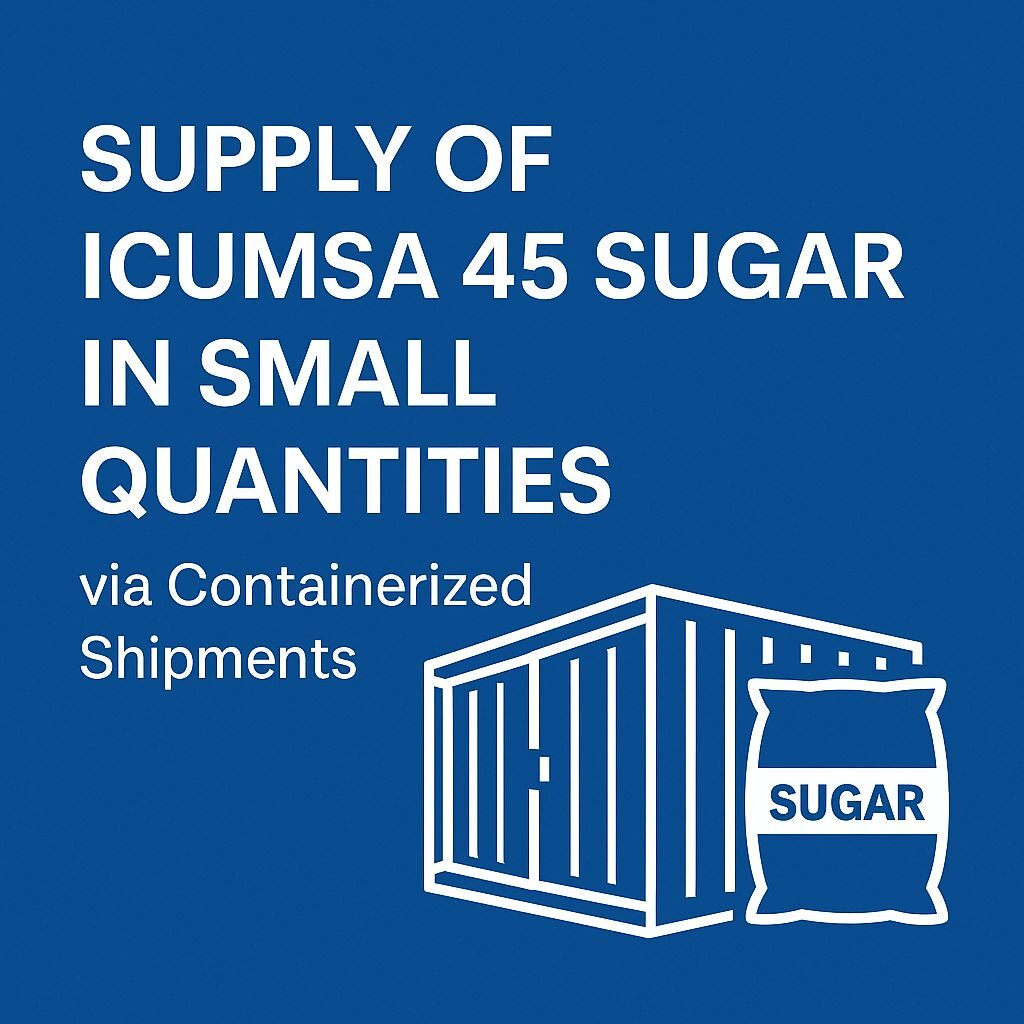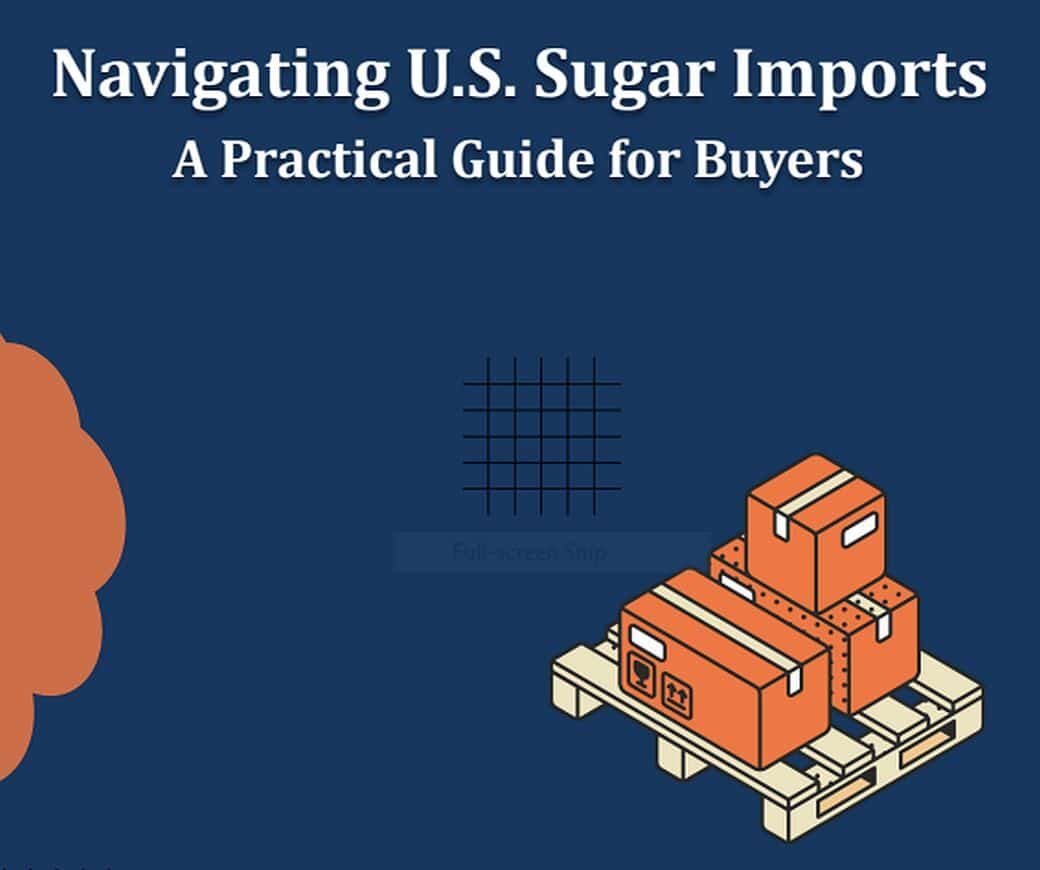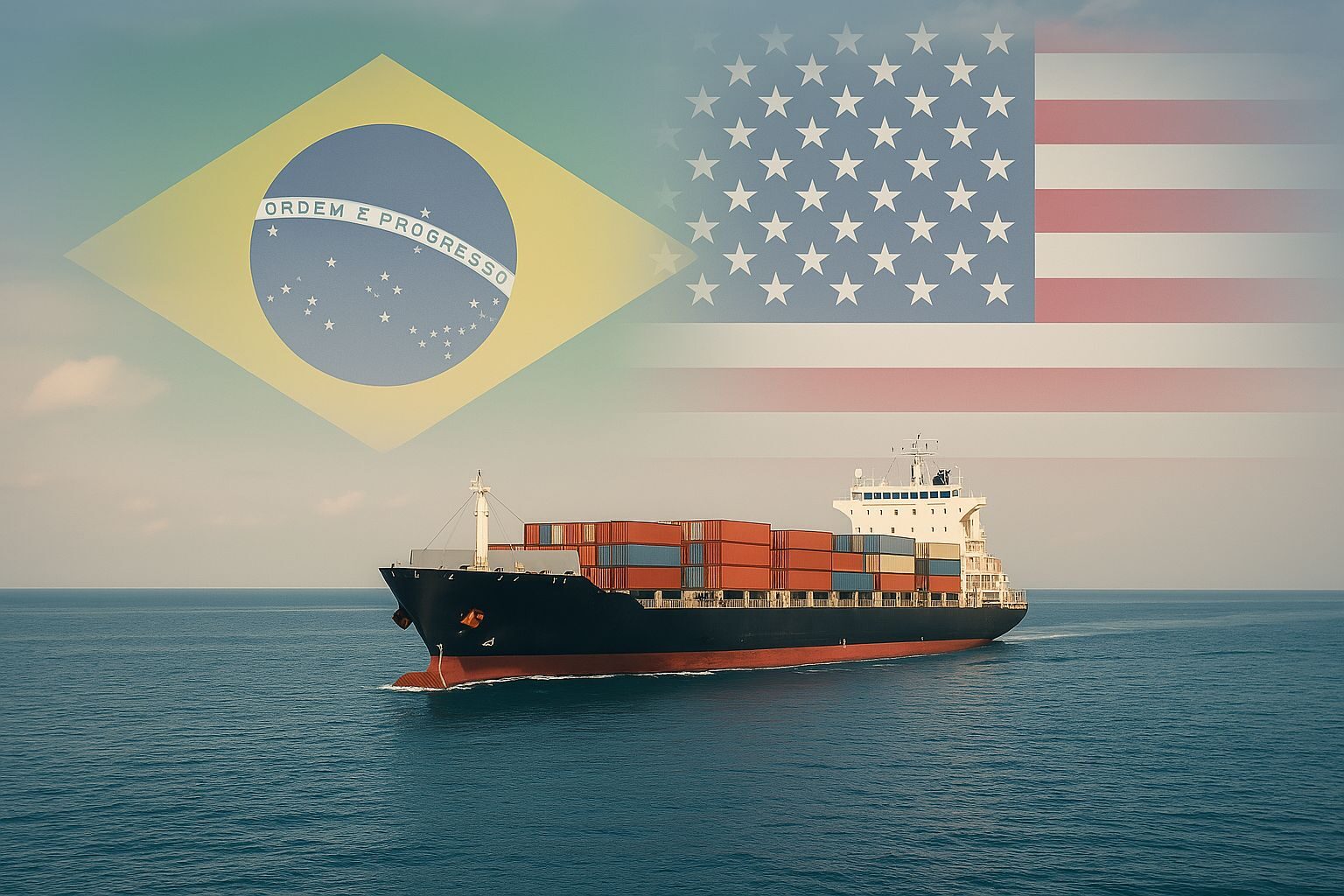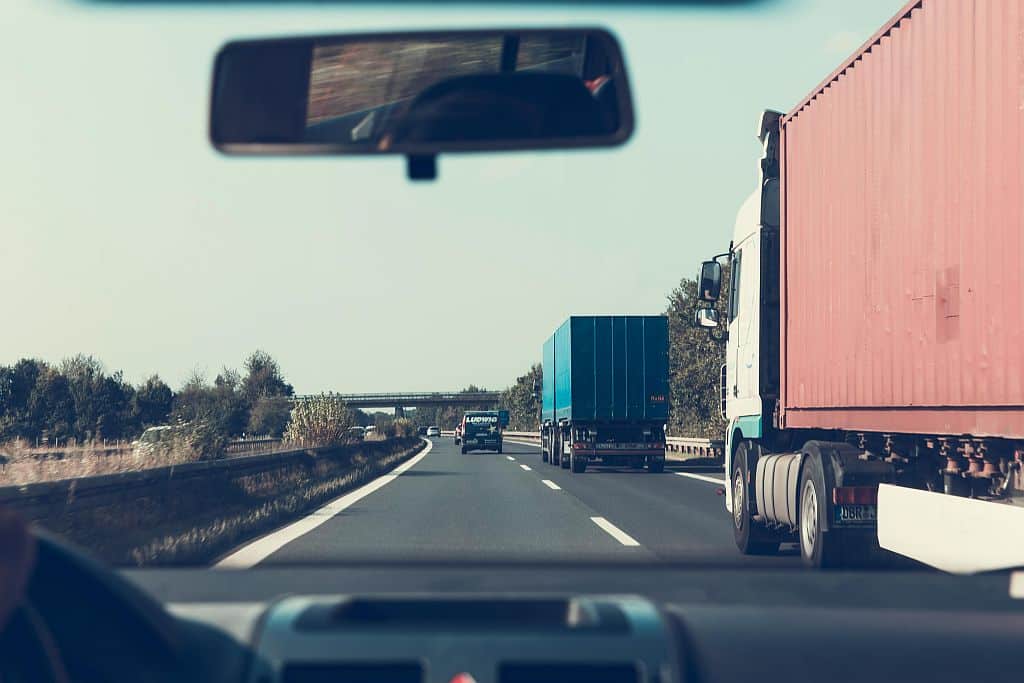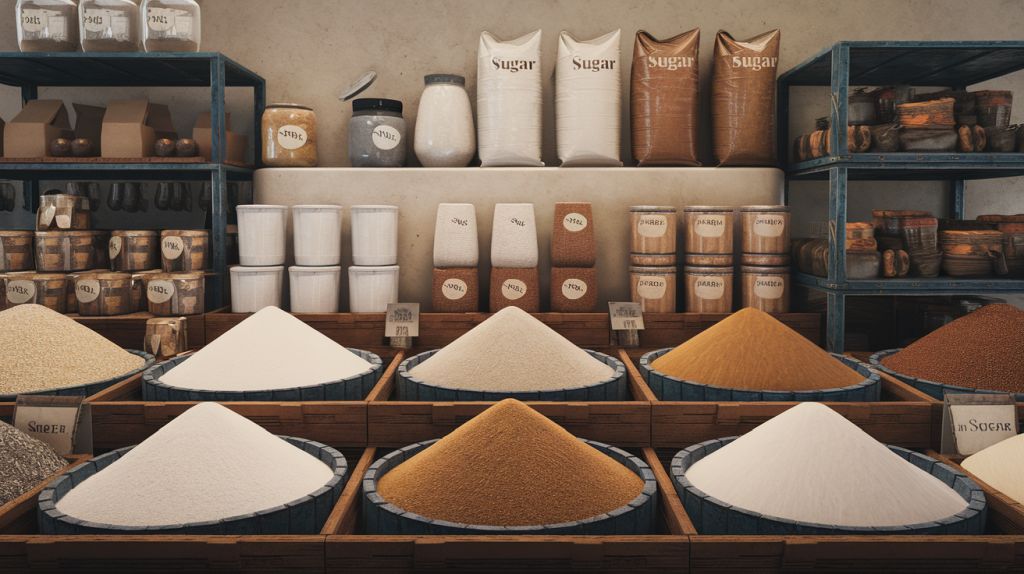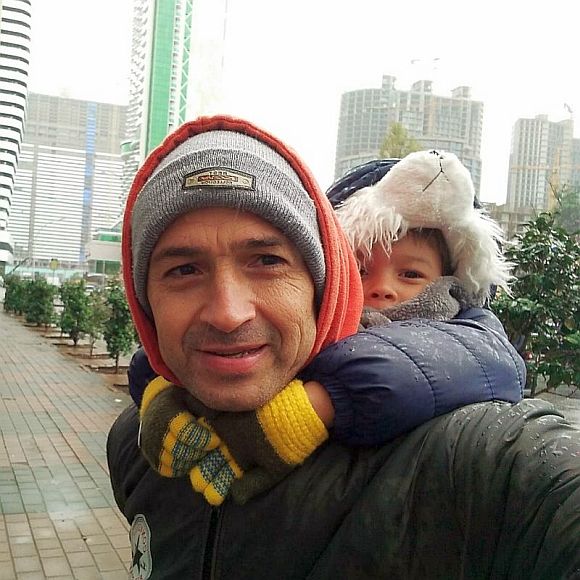Overview of U.S. Sugar Import Regulation
The United States manages foreign sugar imports through a Tariff-Rate Quota (TRQ) system. This system is designed to regulate the volume of imported sugar, stabilize domestic prices, and fulfill international trade commitments, including those under World Trade Organization (WTO) agreements and various Free Trade Agreements (FTAs).
The Tariff-Rate Quota (TRQ) System Explained
A TRQ is a two-tiered tariff structure for sugar imports:
-
Within the Quota (In-Quota): A specified volume of sugar can be imported at a low or zero tariff. This volume is set annually and divided among eligible countries.
-
Outside the Quota (Over-Quota): Any imports above the quota face much higher tariffs, making such imports economically impractical except in rare cases of domestic shortage.
For example, in fiscal year 2025, the U.S. set the in-quota TRQ for raw cane sugar at 1,117,195 metric tons raw value (MTRV), which is the minimum required under WTO agreements.
How Sugar Quotas Are Set and Allocated
Key Government Agencies
-
U.S. Department of Agriculture (USDA): Determines the total annual TRQ volume based on domestic market needs and international obligations.
-
U.S. Trade Representative (USTR): Allocates the quota among eligible countries, based on historical trade patterns and international agreements.
Country Allocations
The USTR divides the TRQ among about 40 countries. The largest allocations typically go to the Dominican Republic, Brazil, and the Philippines. In 2025, Brazil was allocated 155,993 metric tons, while the Dominican Republic received 189,343 metric tons. Smaller countries receive allocations as low as 7,258 metric tons, which is considered the minimum boatload.
-
Dominican Republic: 189,343,000 kg
-
Brazil: 155,993,000 kg
-
Philippines: 145,235,000 kg
-
Guatemala: 51,639,000 kg
-
Argentina: 46,260,000 kg
-
Peru: 44,108,000 kg
-
Others (each): 7,258,000–31,199,000 kg
If a country does not use its full allocation, the USTR may reallocate the unused portion to other quota-holding countries.
Import Process and Compliance
Steps for Importers
-
Classification: Identify the correct Harmonized Tariff Schedule (HTS) code for the sugar product (usually Chapter 17).
-
Eligibility: Confirm that the country of origin is on the list of eligible quota holders.
-
Documentation: Obtain a Certificate of Quota Eligibility (CQE) from the exporting country, if required.
-
Customs Procedures: Submit required forms and documentation to U.S. Customs and Border Protection (CBP), which enforces the quotas at the border.
-
Brokerage: Use a customs broker familiar with the sugar TRQ system to avoid delays or mistakes.
Sugar Trade Under Free Trade Agreements (FTAs)
The U.S. maintains separate sugar quotas for FTA partners, such as Peru, Chile, Colombia, and others. These FTAs allow sugar imports under preferential terms, but only if the exporting country has a trade surplus in sugar and stays within its annual FTA quota.
Each year, the USTR reviews global trade data to determine if FTA partners meet the surplus requirement and adjusts quotas accordingly.
Special Programs: Re-Export and Specialty Sugars
The USDA also administers re-export programs for U.S. refiners and manufacturers, allowing them to import world-priced sugar for refining and export, or for use in non-food products like polyhydric alcohols.
Specialty sugars and organic sugars have their own TRQs and may require additional certificates or documentation. These quotas are often filled rapidly and are administered on a first-come, first-served basis.
Case Study: Brazilian Sugar Exports to the U.S.
Brazil is not an FTA partner but receives a significant WTO quota allocation. For 2025, Brazil’s TRQ is 155,993 metric tons. Brazilian sugar imported within this quota enters at a low tariff and is competitive in the U.S. market. Imports above this quota face a prohibitive tariff of 33.87 cents per kilogram for raw sugar and 35.87 cents per kilogram for refined sugar, making them uneconomical unless there is a severe domestic shortage.
Brazilian exporters must work with U.S. importers who hold quota rights and ensure all documentation, including CQEs, is in order. Importers can arrange shipments under various terms such as CIF (Cost, Insurance, and Freight), DDP (Delivered Duty Paid), or OTG (On the Ground), depending on their agreements with U.S. buyers.
Conclusion
The U.S. sugar import system is highly structured, involving multiple agencies, strict quotas, and detailed compliance requirements. The TRQ system is central to balancing domestic supply, supporting U.S. producers, and meeting international trade obligations. For exporters—especially from major suppliers like Brazil—navigating this system requires careful attention to quota allocations, documentation, and customs procedures to ensure successful and cost-effective market access.

